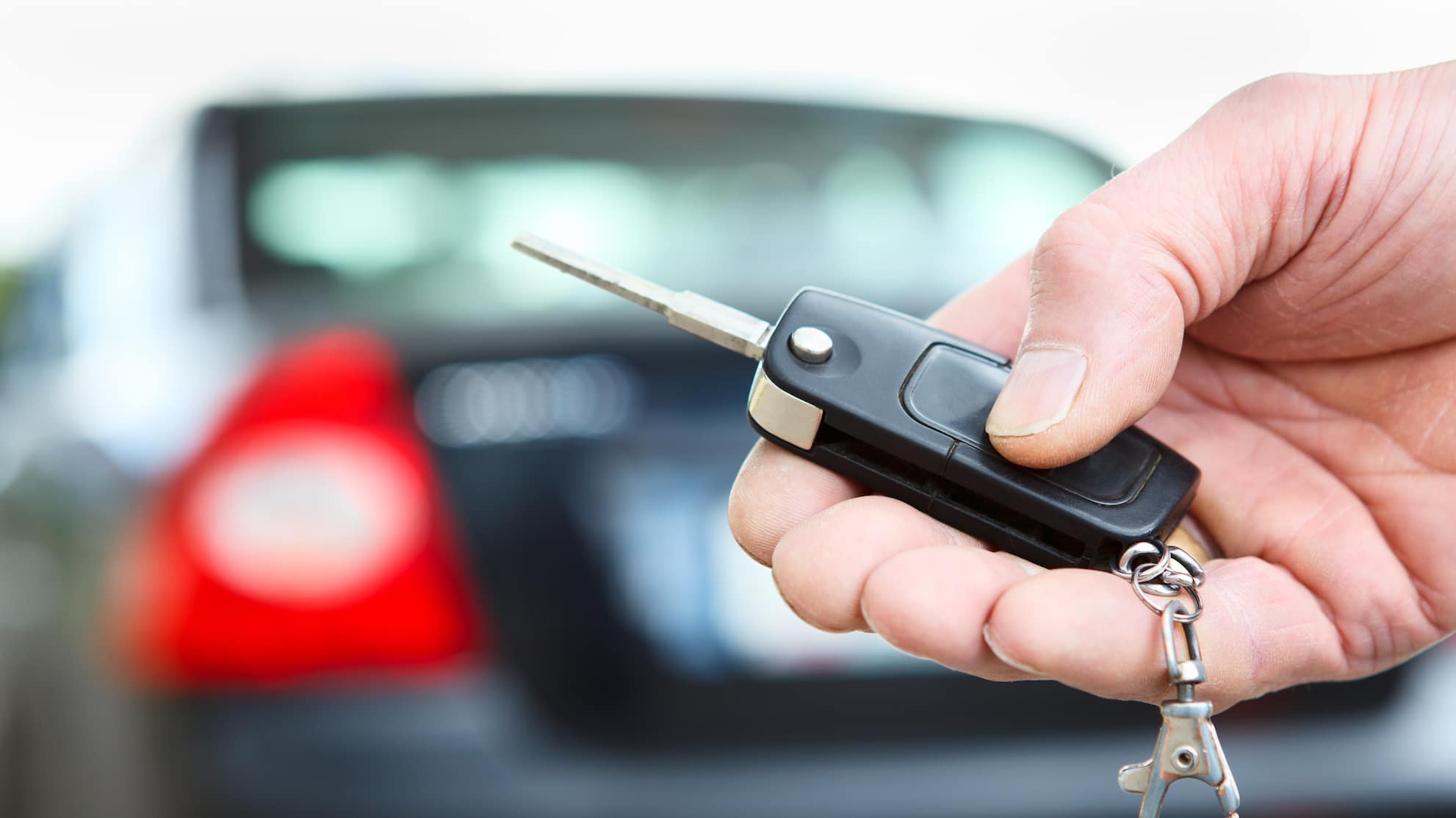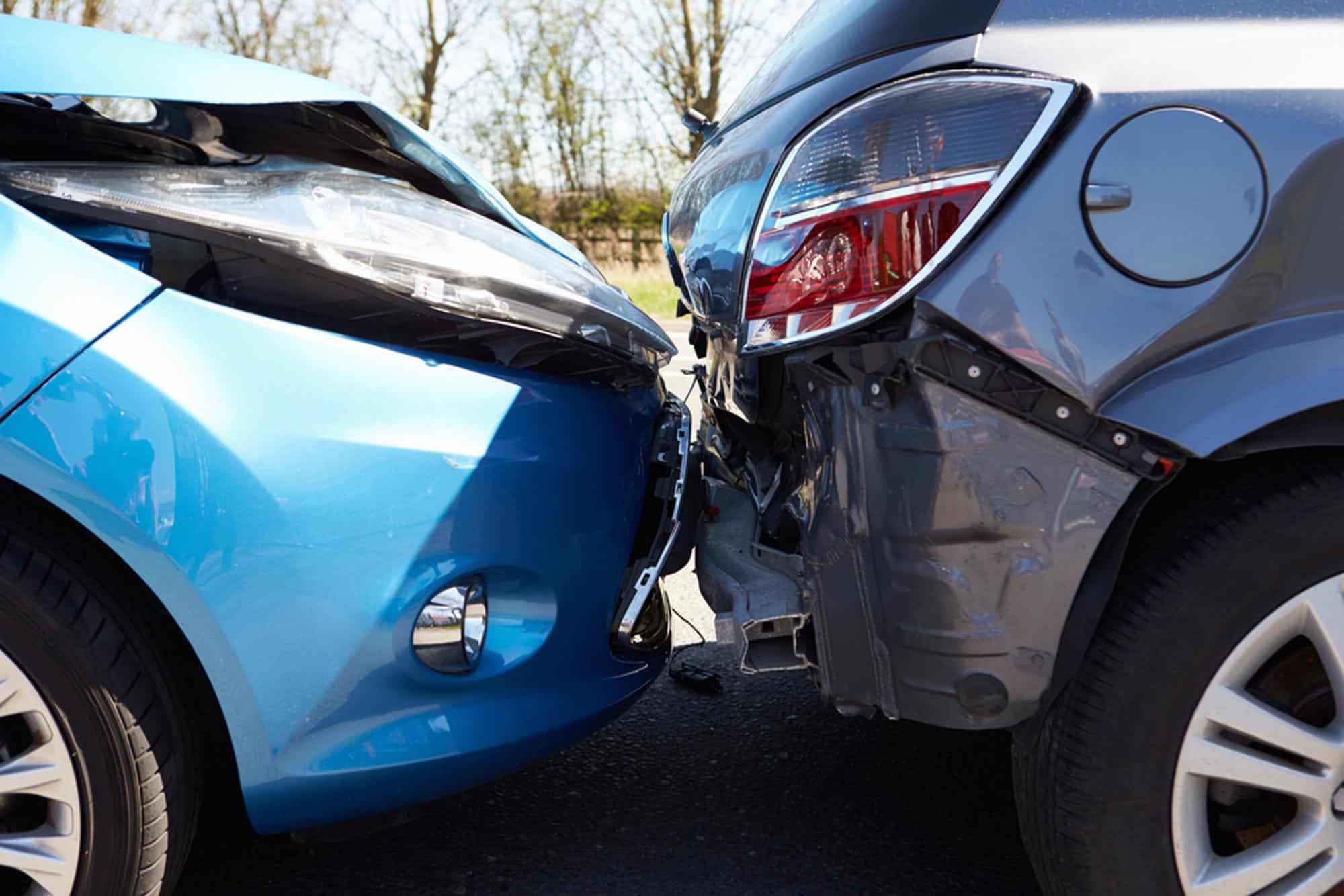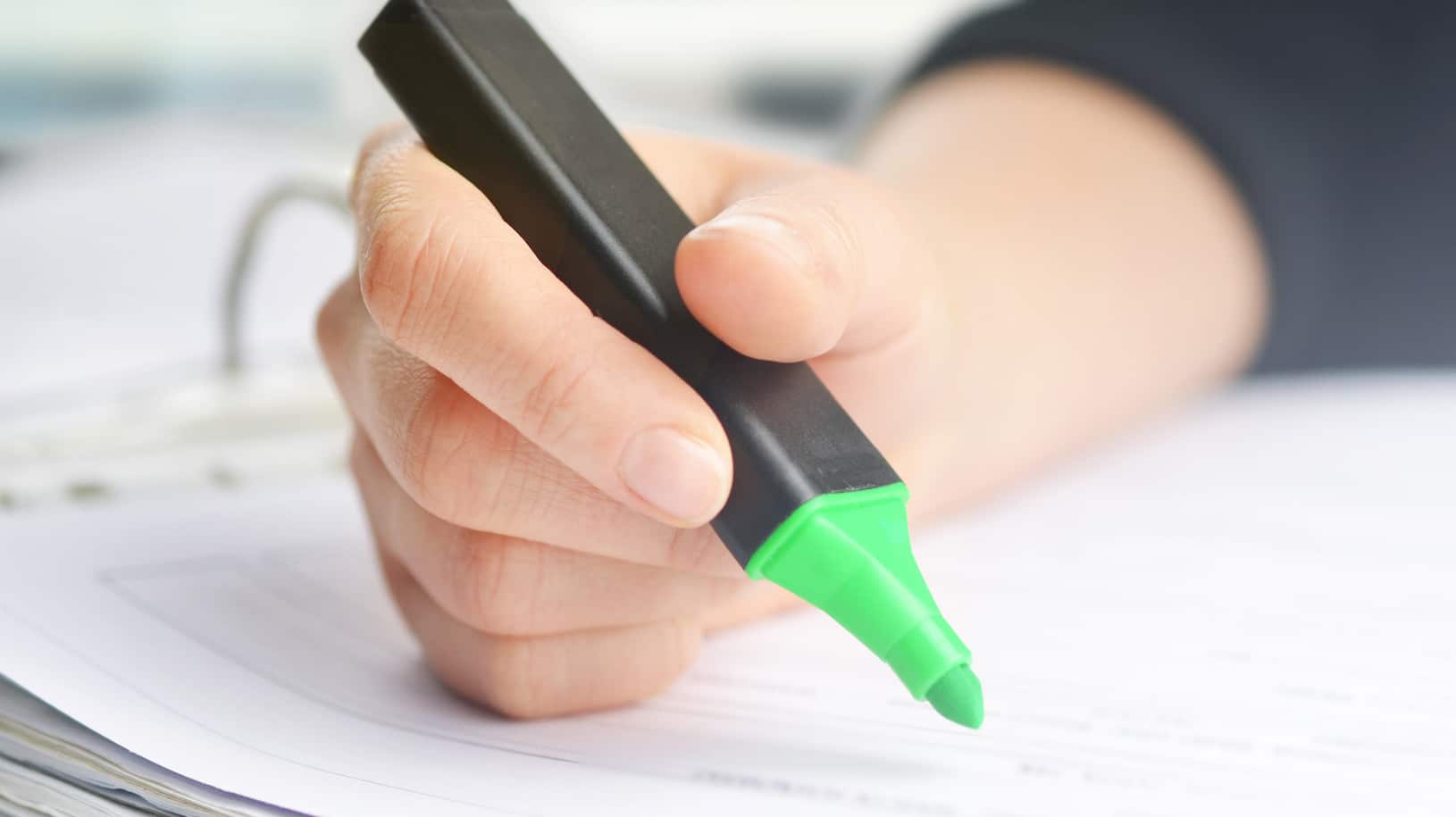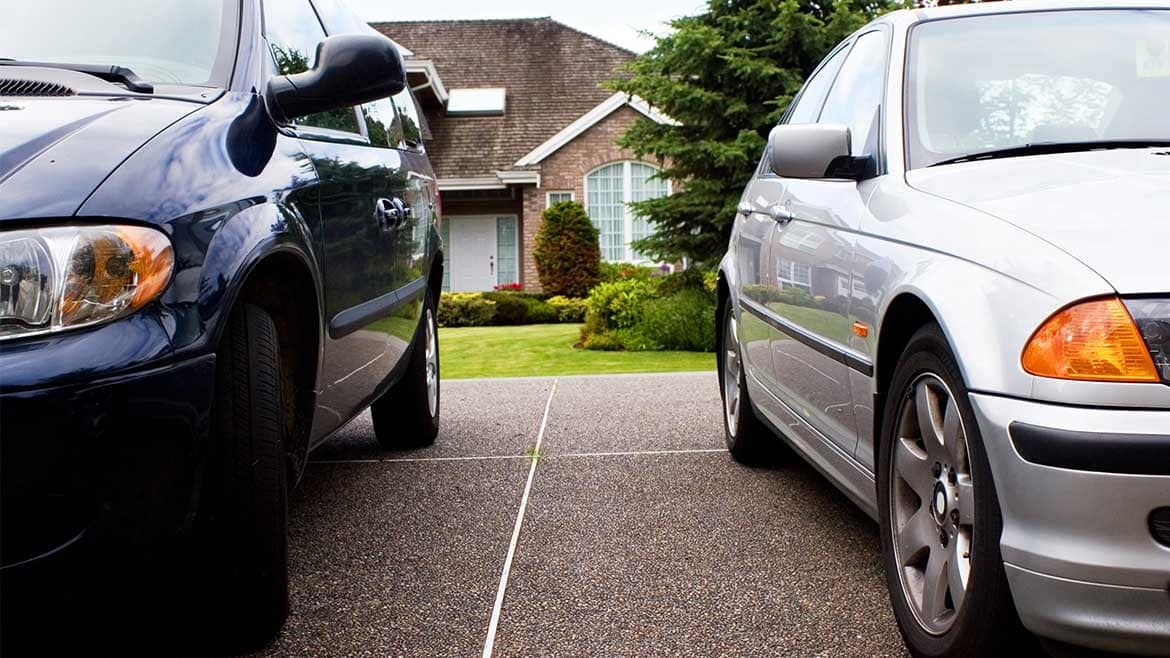Car Insurance Coverage Requirements

Auto insurance protects you by covering your expenses in the event of an accident. These costs include vehicle damage or injuries to other drivers, passengers or pedestrians.
You don’t want to leave yourself financially vulnerable should you be involved in an accident. Knowing the important reasons in having auto insurance can help you determine the type and the amount of coverage needed to protect you, your passengers, and your loved ones.
It's the Law
Most states require a minimum amount of coverage to drive legally. Fines for driving without auto insurance ranges from $500 for the first offense to a minimum of $1,500 for subsequent offenses. You could also have your driver’s license suspended and vehicle impounded for repeated violations of having no insurance.
Hawaii law requires a minimum amount of $20,000 per person and $40,000 per accident for bodily injury liability coverage. This covers medical expenses for passengers and other drivers who are injured. In addition, you are required to have Property Damage Liability coverage at a minimum of $10,000. Property Damage Liability covers damage to property other than your own that you have been deemed responsible for causing.


Securing a Car Loan
When purchasing (with a loan) or leasing a vehicle, your lender and/or the dealership will require you to secure collision and other than collision coverage. This is because the lender or dealership wants to protect their investment.
When You’re at Fault in an Accident
If you are involved in an accident and found to be at fault, you may be responsible for related costs, including the injured person’s medical expenses, legal fees, and their lost income compensation. This can drastically affect your finances, and result in losing your personal assets if you are not adequately insured.
The amount of your car insurance coverage needs to be large enough to protect your personal assets, such as your home and other investments. Carrying the minimum coverage as required by law may not be adequate in covering expenses for personal injuries resulting from a serious crash. You should have sufficient liability insurance to pay for the damage repairs and the treatment of injuries other people suffer if you are at-fault for an accident.


When You’re Not at Fault in an Accident.
Even if you’re not held liable in an auto accident, the other driver may be uninsured or underinsured. This could result with you footing the bill for auto repair and/or medical-related expenses. There are certain types of policy coverage to protect yourself financially:
- Personal injury protection (PIP): This is a type of insurance that will help pay the medical costs for injuries as a result of a car accident including your passengers’ injuries – regardless of who was at fault for the accident.
- Uninsured and underinsured motorist coverage: This type of coverage would pay for medical treatment for you and any involved passengers if involved in an accident caused by the other party who doesn’t have insurance.
- Other than Collision: This optional coverage comes in handy when your car is stolen or damaged in ways that doesn’t involve a collision. Examples include: hail damage, glass breakage, fire, vandalism, and damage from an animal, flood, earthquakes, falling objects and theft.
Get an Auto FastQuote
Want to see how much you can save? Get a free, no-obligation DTRIC Auto FastQuote online right now!
Our knowledgeable DTRIC representatives can assist you with a free, no-obligation auto insurance quote – just call 808-923-8742 or 1-877-923-8742 (neighbor islands toll-free) to get started.
Prefer to work with an independent insurance agent? Find an agent near you.

